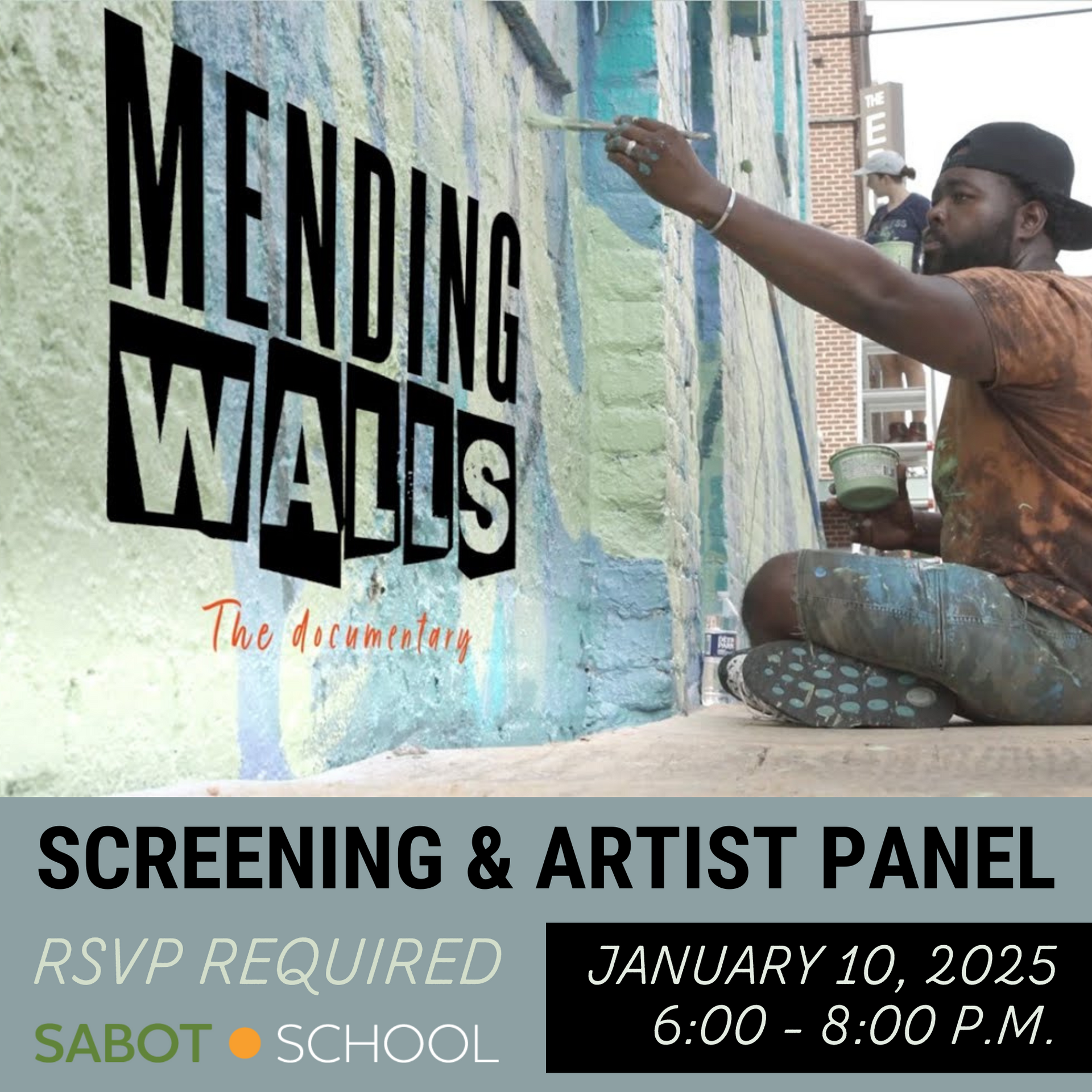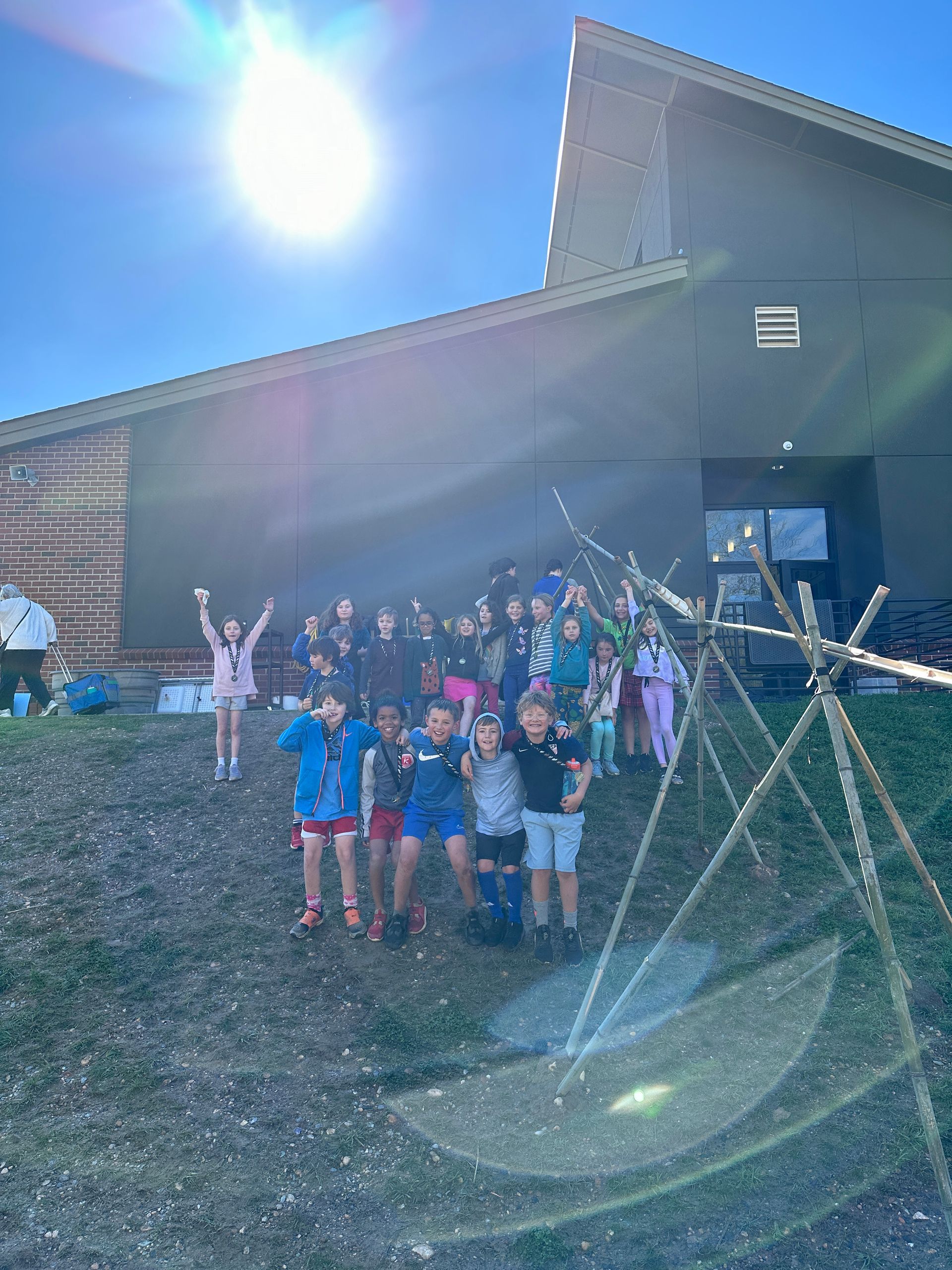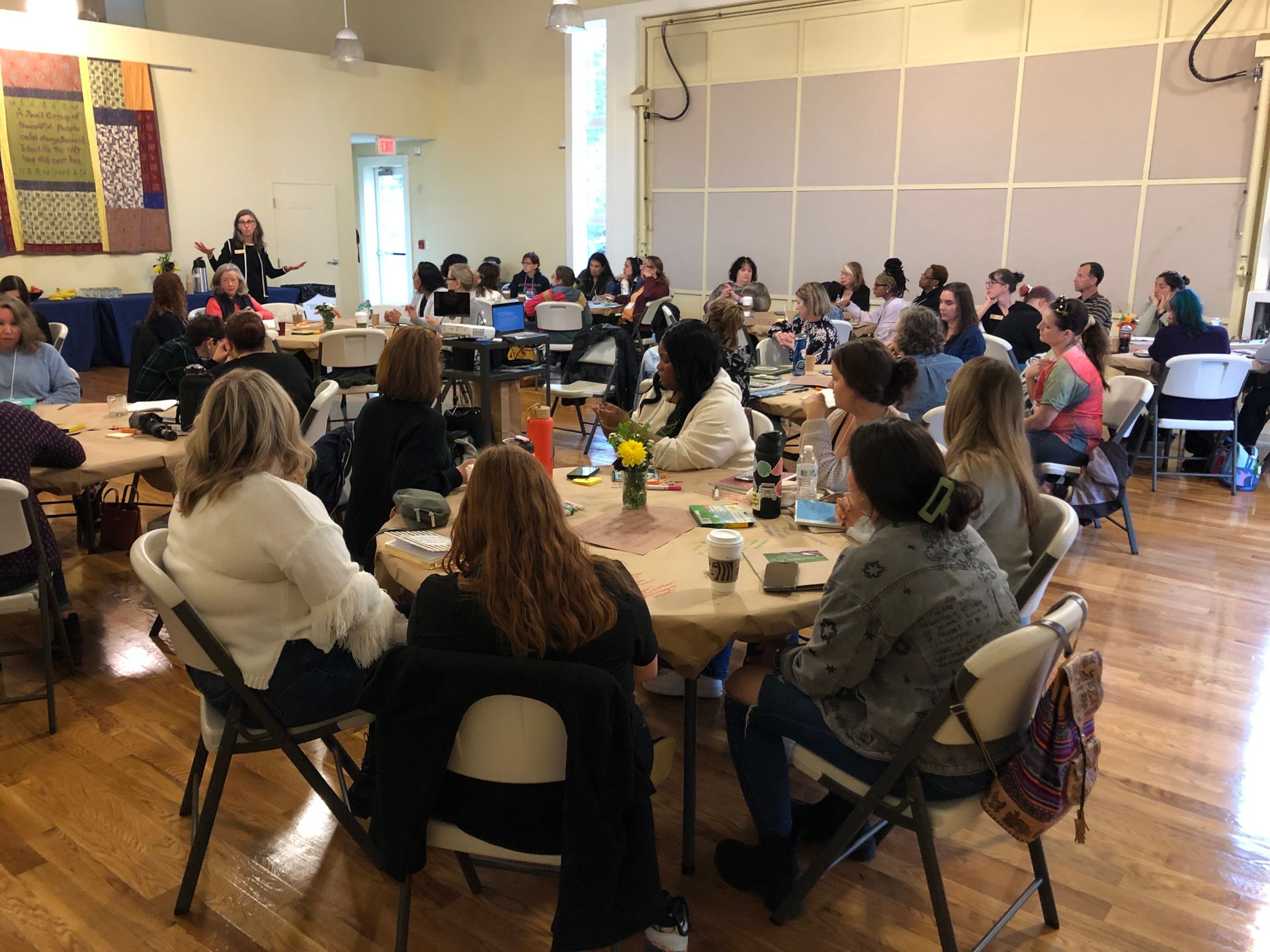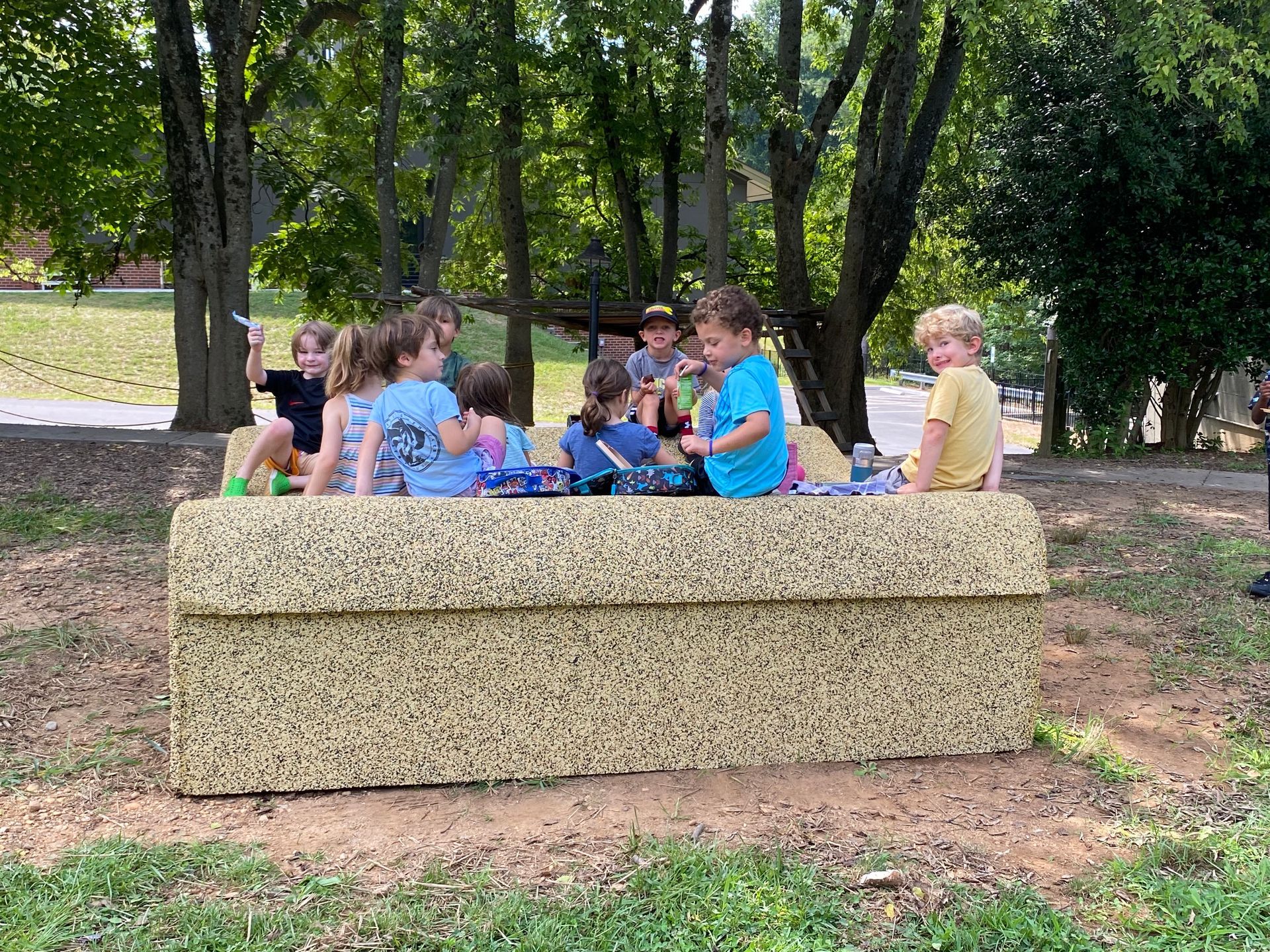A Framework for Community
By Mary Driebe, Director of Teaching & Learning
 As our administration and faculty work tirelessly to develop plans for the beginning of our school year, we are reminded that it is essential at this historic moment that our students develop a sense of universal responsibility as members of a community. We intend for students to view themselves as individuals and engage with new ways of thinking/being that may challenge previously held ideas and convictions, cause them to question their assumptions and perspectives, and lead to new understandings. We develop safe and secure environments promoting freedom in which voices are heard and supported, and we encourage participation by all students.
As our administration and faculty work tirelessly to develop plans for the beginning of our school year, we are reminded that it is essential at this historic moment that our students develop a sense of universal responsibility as members of a community. We intend for students to view themselves as individuals and engage with new ways of thinking/being that may challenge previously held ideas and convictions, cause them to question their assumptions and perspectives, and lead to new understandings. We develop safe and secure environments promoting freedom in which voices are heard and supported, and we encourage participation by all students.
This does not happen overnight. Our teachers lay the groundwork. The steps are small and incremental, generated by the child’s zone of proximal development. Teachers watch, observe, and begin to understand what students need to gradually move forward, stretching their skills in a way that is tenable. Cultivating empathy requires a practice of reflection and also vigilance.
We ask our students to consider their connection to their class, peers, and community. Why are you feeling disconnected? When you feel connected, what decisions do you make? What does your friend’s face look like when they are feeling frustrated? What words did they use to convey frustration? Do these words make sense to you? Perhaps it is okay for your friend to feel mad and for you to give them space to have these feelings.
The experience of students in our classrooms affirms that together we are better . Individuals construct understanding and meaning together. Their questions and curiosity ignite excitement which generates theories and a shared language of understanding. Communities thrive when students feel that their voice and thinking is necessary and a part of the process.
Community learning and growth occur with productive struggle and cognitive dissonance. As educators, parents, and community members, we must recognize and avoid the happiness trap. When people we respect or love struggle, our compassion is triggered and we want to help. Our teachers support students through a productive struggle with active listening, problem-solving, and skill-building.
The vision of our Sabot approach, to encourage and scaffold collaboration and feedback, in the evolution of any community is evident. As we look forward to reuniting with our students, we are fully committed to cultivating community. This has always been a priority for Sabot and is now essential for moving forward. These deep connections will sustain our students and our learning community.
The post A Framework for Community appeared first on Sabot at Stony Point.
SHARE THIS POST
